Composting can feel like a daunting task when you’re starting out. It can also take a bit of time for your compost to start forming properly, and you may wonder if you’re doing something wrong.
Once your compost heap is established – whether you’re using a composter, a compost bin, or a homemade compost heap – things do get a lot easier.
For example, the worms will have moved in, and you won’t have to monitor it as much as when you start it off.
Many seasoned gardeners are immensely proud of their compost, I know I am. Composting can be a bit of a trial and error, so here are my top composting tips to help you along.
13 Pro Tips for Composting
1. Have a compost bin that is open at the bottom
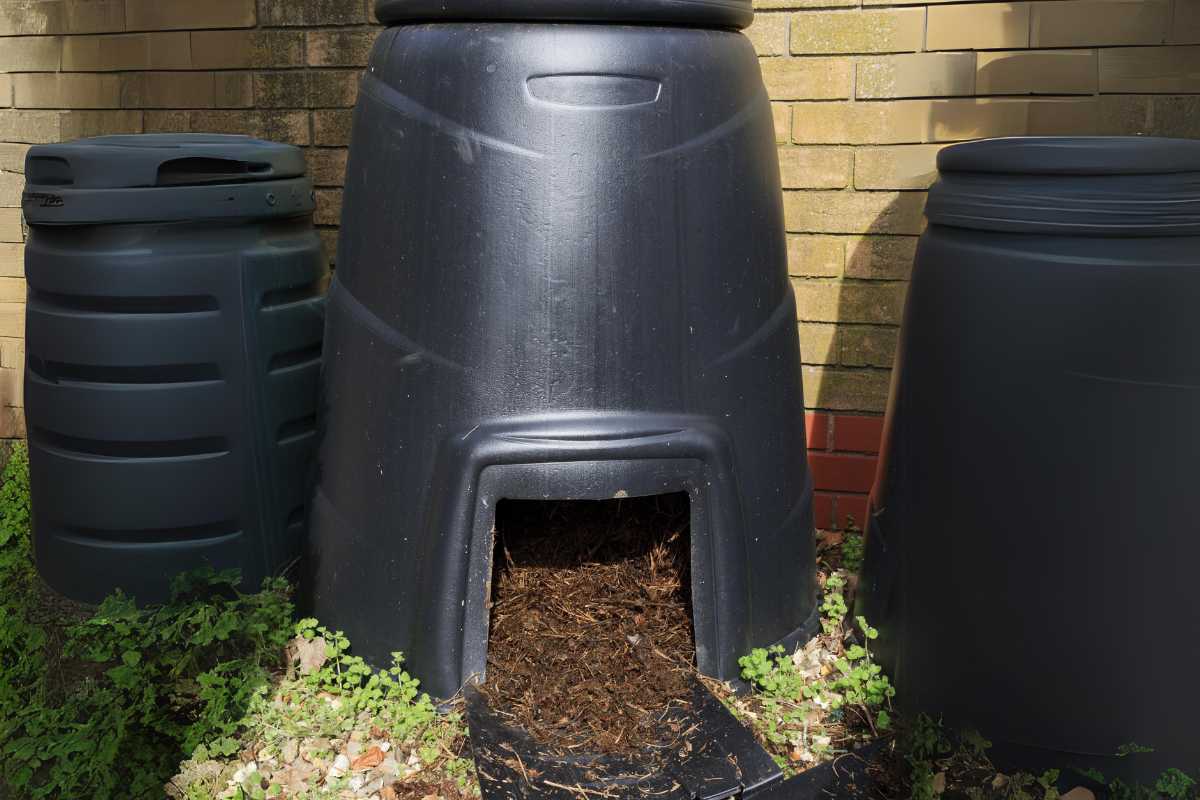
You can get compost tumblers that are completely enclosed and off the ground, which makes composting faster.
But personally, I like my compost to add to the ecosystem by allowing beneficial bugs to thrive and help break down the compost.
By leaving the bottom of your composter open and placing it directly in the dirt, worms and other bugs can move in. Worms will help to break down your organic material by eating it, leaving you with their nutrient rich worm castings.
Learn more about vermicomposting with worms.
Woodlice will break down wood and other things, and will be joined by slugs, snails, flies, ants and a host of other bugs. These bugs make up the bottom of the food chain, and will feed birds, frogs and other animals.
2. Use a 50/50 mix of greens to browns from the start
Start with the right browns greens ratio mix from the start, you will avoid many common compost problems. Your compost will need some help to get started with the right environment to tempt those worms and bugs for the composting process.
Browns include things like dry and dead leaves, yard waste, straw, wood chips, newspaper, and brown paper bags. Browns are carbon-rich material.
Greens include ingredients like leftover food scraps, vegetable peels, kitchen waste, tea leaves and other nitrogen-rich materials.
If you are only adding dry garden waste, your compost will not break down. Only putting in fruit and vegetable scraps will lead to a slushy mess.
It is worth putting in the extra effort to source different organic materials to start your compost with. The result is you won’t need to pay as much attention once your compost heap is established.
A good rule of thumb is to add a layer of dry matter over every layer of wet matter. You can fork it in and give it a good mix occasionally, but you’ll want the heat to build up, so you don’t want to disturb it too often.
Some people will talk about a carbon to nitrogen ratio (C:N ratio) of 30:1, but this is not the same as the green to brown ratio. Even nitrogen-heavy materials (greens) will still have some carbon in them as all life on earth is carbon based.
A good mix of carbon and nitrogen is needed for the microscopic organisms to grow, reproduce and break down the food waste.
If your compost is too wet and smelly, you have too much nitrogen, and you need to add some dry brown material. If your compost is not breaking down, then you have too much carbon, and you should add some wet green material.
Stick to a 50/50 browns/green mix and your compost’s C:N ratio will be just fine.
3. Shred your brown materials
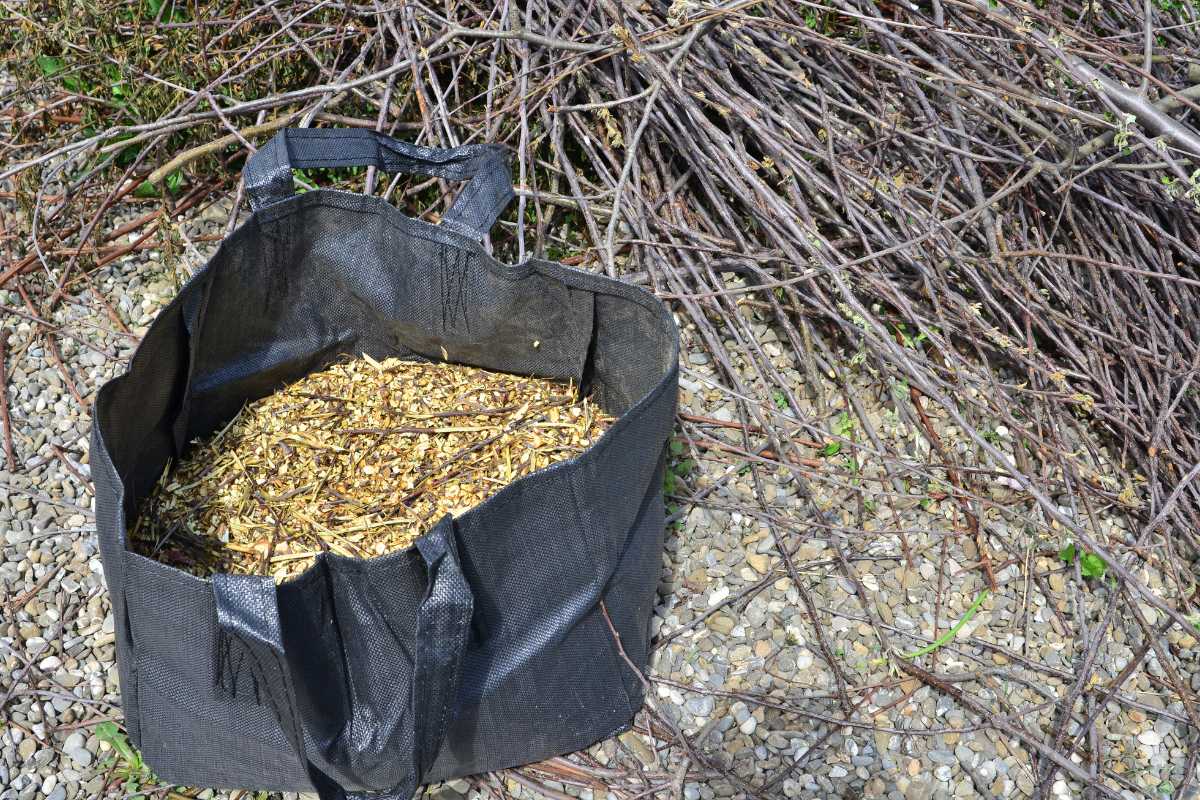
Brown materials are slower to break down, so one thing you can do to speed up the decomposition
– especially when getting started – is to shred or chop up any dry materials you are adding.
Garden cuttings, like twigs and other woody items, are especially important to cut up. Not only does this speed up the decay, it saves you space in your composter.
For example, your Christmas tree can be a great addition to your compost pile as long as it has been properly cut up before you add it.
You can buy garden shredders (wood chippers) online, or just cut it up with garden clippers (secateurs) like these online. The smaller the pieces, the quicker the microorganisms can break them down.
4. Worms love coffee grounds
Everyone knows that coffee grounds are good for your garden, but few people know why.
Coffee grinds will attract worms, which aerate your soil and break down green materials. Worm castings are a great addition to your compost, and you will want them throughout your garden to break up compacted soil.
Worm compost can also provide a higher level of nutrients to your plants.
Attract worms by adding used coffee grounds to your compost pile. If you’re not a coffee drinker, just head to your local coffee shop, and they’ll probably agree to give you bags of their used grinds for free!
5. Paper and cardboard count as Browns
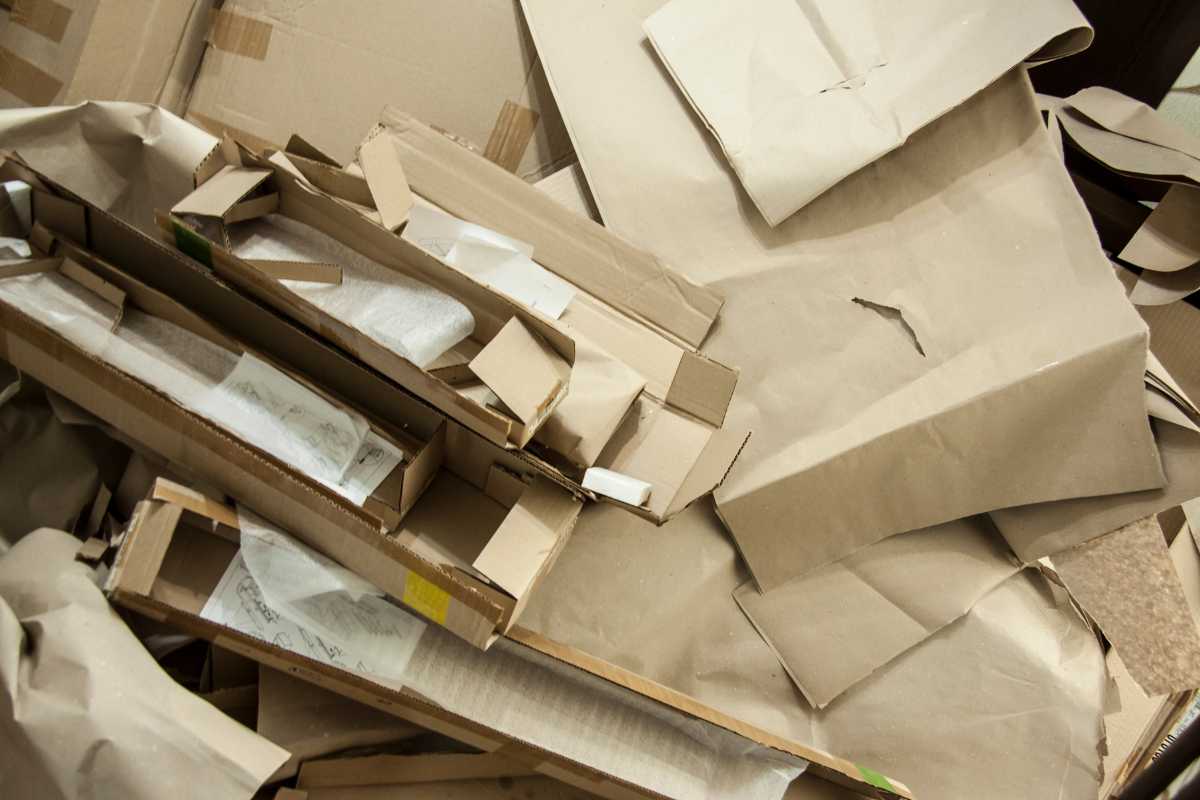
If you don’t have much woody or dry backyard waste at home to start your compost heap with, remember that cardboard and paper both count as brown materials.
These include common household products/waste like the inner tubes of toilet and kitchen rolls, egg cartons and newspaper. Just don’t add any glossy paper or coated cardboard.
You can shred your cardboard, so it breaks down quicker during the decomposition process. But in my experience, it is not really necessary. Cardboard is made of pulped wood and will break down pretty quick anyway.
If you’re adding it to balance out the greens, then leaving it relatively intact will be better since it will help the airflow of your compost.
6. Don’t compost anything that has been cooked
Cooked food will attract unwanted pests and can make your compost smell bad.
There are some composters on the market that you can add cooked food to – a worm farm, a bokashi bin system, or a green Johanna to name a few.
But if you’re using traditional composting methods, I wouldn’t recommend putting cooked food into it.
7. Don’t compost meat
Many people want to compost meat, but should you?
Like cooked food, meat will attract rats and other unwanted scavengers to your compost pile. They can also contain harmful pathogens that the heat of your compost won’t be able to kill off.
The only exception to this rule is that you can occasionally compost small dead animals.
If one of your pond fish die, or you find a dead bird in your yard, then you can add it to your compost. Make sure you cover it in brown materials or soil and don’t do it too often.
8. Buy a countertop compost pail for your kitchen
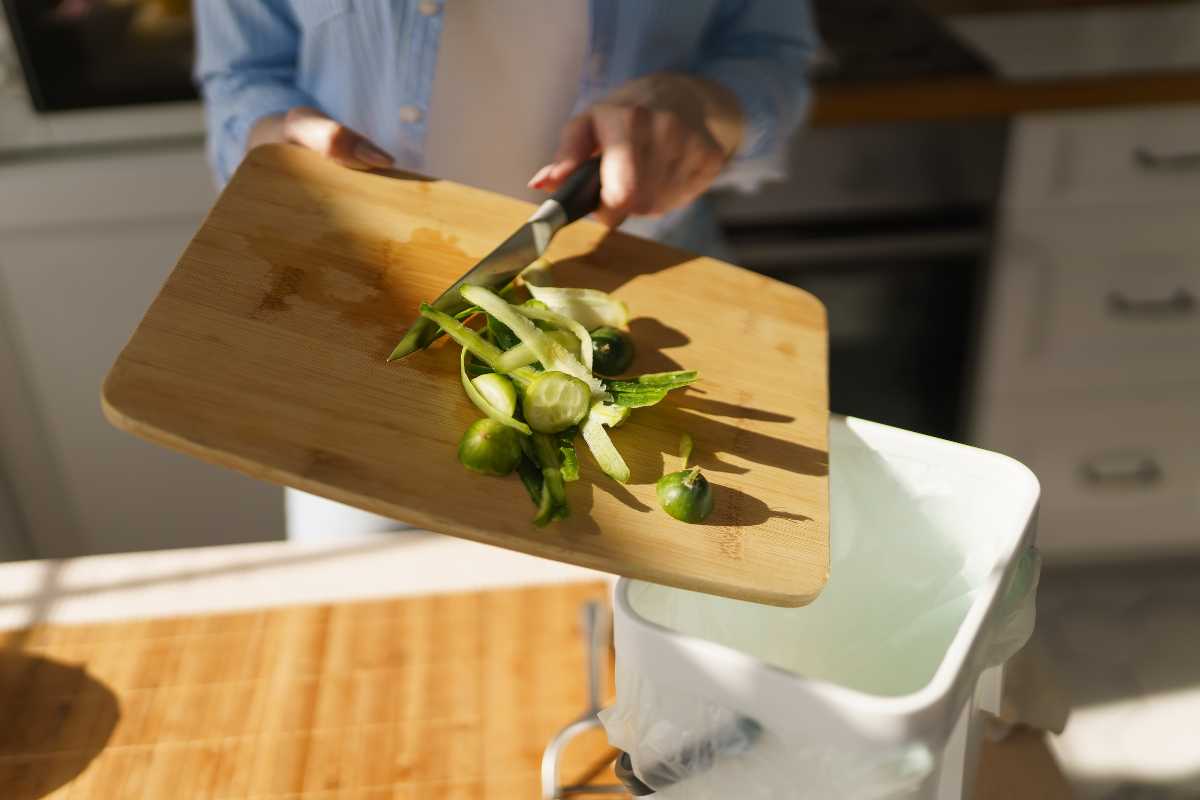
You don’t want to be trudging down to your composter every time you use an egg or peel a carrot. Sore your kitchen scraps in a countertop bin that you empty periodically into your compost.
Here are a few popular options that you can find online:
9. Insulate your compost in the winter
The ideal temperature range of compost is around 105 to 160 degrees Fahrenheit.
Most of the heat from your compost will come from microbes breaking down the organic matter. The heat is needed for decomposition, as well as being caused by it.
Hay bales are a great way to insulate your compost heap during the winter months. Then once spring rolls around, you can add the same hat into your compost pile.
If you live in a cooler climate area, you can also help preserve heat by using black plastic compost bins. They are great at retaining heat.
10. Be wary of potatoes
While potato peelings are fine to add, some gardeners will advise not adding any squishy old potatoes to your compost.
The reason for that is the potatoes might start to grow in your heap. That means the potatoes were using the nutrients in the pile to help them grow, rather than providing nutrients to the compost pile.
You might not mind harvesting a few potatoes from your compost every now and again, but they will be taking nutrients from your compost, rather than adding them to the pile.
11. Position your composter near your vegetable garden

Finished compost is very dense and heavy, so you’ll want a short journey to get the compost to your vegetable patch.
This might mean an extra long journey to your composter when emptying your kitchen caddy, but – believe me – it is worth it!
The best time to dig in finished compost is straight after the harvest. This means the nutrients will be mixed into the soil ready for planting in spring.
12. Don’t add these things to your compost pile
Be careful with what you add to your compost pile.
These items should not go into your compost pile because they could cause problems with pests and diseases.
- Diseased plants
- Pet waste – cat litter and dog poop (different from animal manure)
- Meat (number 7 above)
- Cooked foods (number 6 above)
- Dairy products
- Chemical fertilizers
- Chemical pesticides
Add these things to the compost pile could hurt your plants if the problematic compost was eventually mixed in with your soil.
A general guideline is to stick with organic waste when adding things to your compost.
13. Only use your compost when its ready
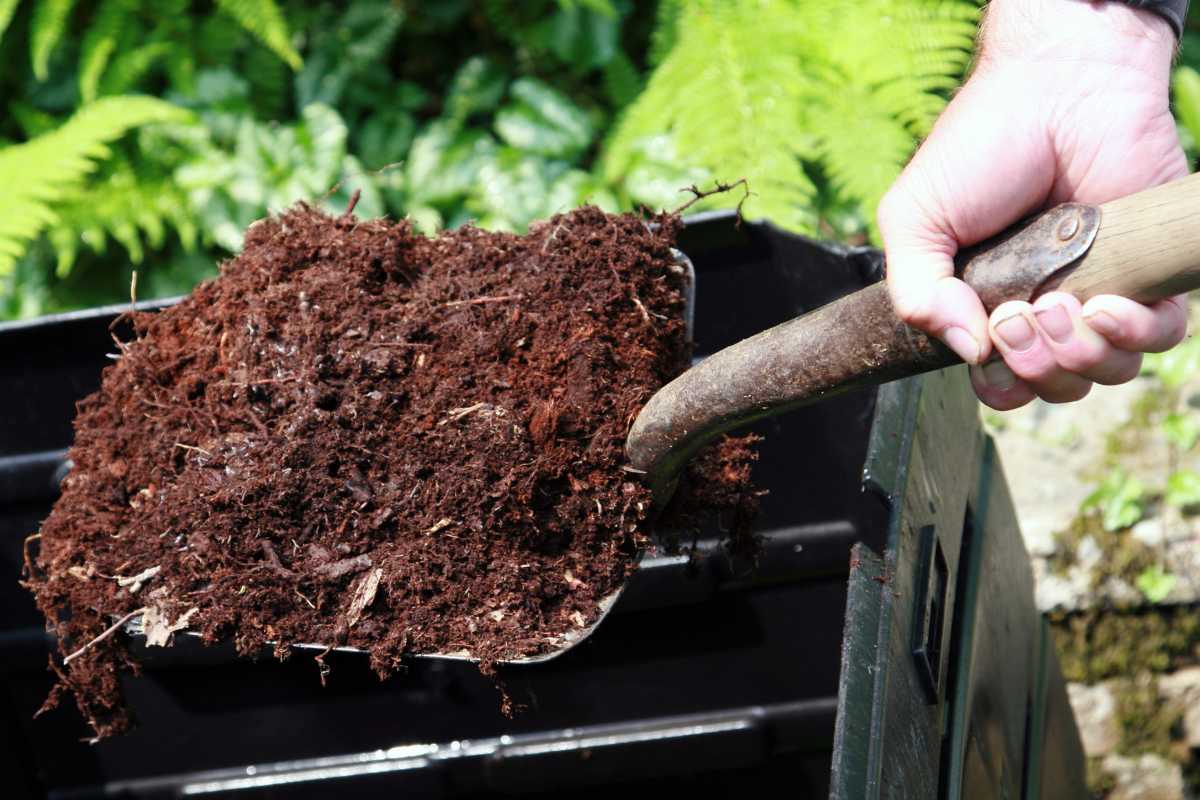
When it is ready to be used, your finished compost should look like rich, dark, earth. It should not smell bad, or be wet and slimy.
If you recognize anything that hasn’t completely decomposed, like twigs or eggshells, remove them and add them back in to your compost pile.
14. Create 2 sections for the compost
Organic materials usually take around six months to turn into compost – assuming you’ve got the mix right – so be patient and give it some time.
What you can do during this time is to create 2 separate sections for convenience and faster results.
There are many types of composters available, including homemade ones. It’s a good idea to make two sections/batches of your compost. That allows you to turn one section over onto the other to access the compost underneath.
Use one section until it is full and when it is time to dig in your compost, use a fork to move the organic materials from the top of the full section into the empty section.
As soon as you get to the compost, then dig it out to use in your garden.
15. Create a compost log
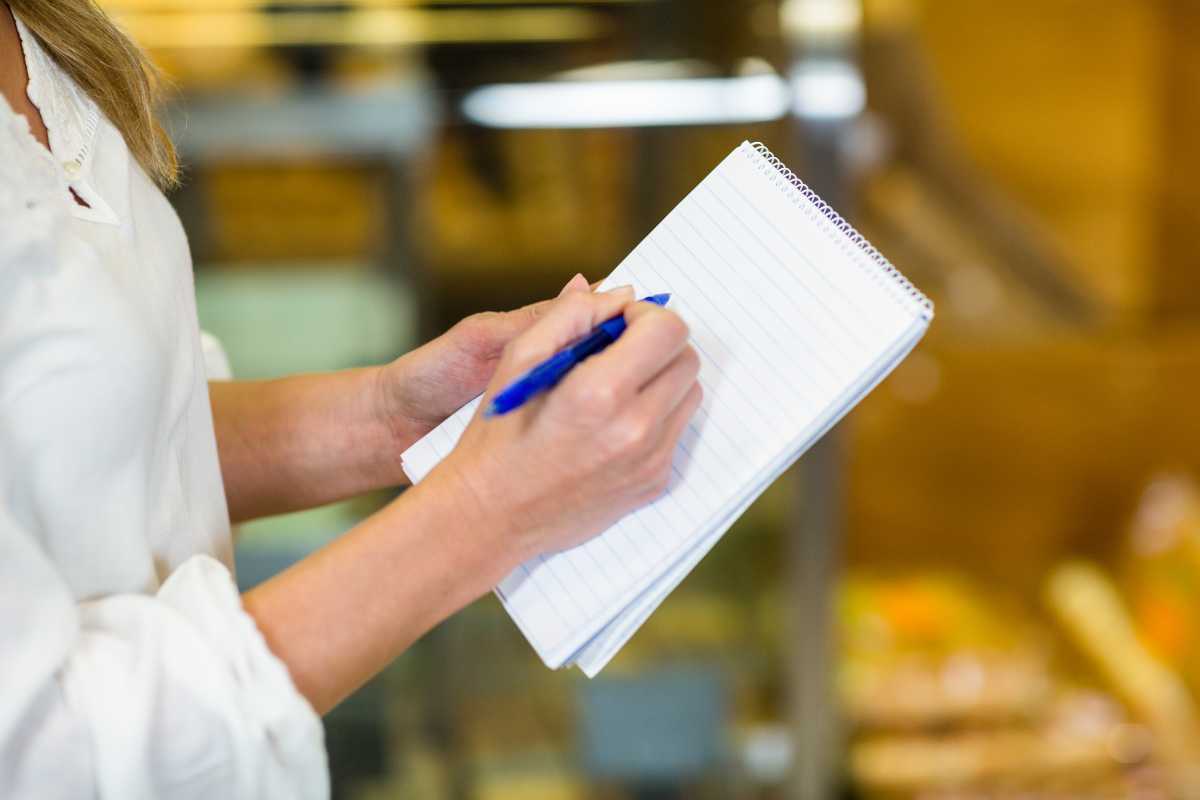
Creating a compost log of when you start batches will help you know how long it takes for your compost to break down.
Keep a record of what you put into your compost bin. The log will help you understand what does and doesn’t work in your compost pile.
Keep track of how much material goes into each batch of compost. You’ll need to know how much has been added at any point in order to calculate how much compost you have left.
Learn more in this Compost Quantity Guide.
Composting Tips Final Thoughts
With these tips you should be successfully composting in no time.
Compost is essential for maintaining healthy soil, especially if you are growing vegetables.
Your compost will naturally replenish the soil’s nutrients, so you may not need to use any additional fertilizers to grow healthy vegetables every year.
Check out other composting articles:





